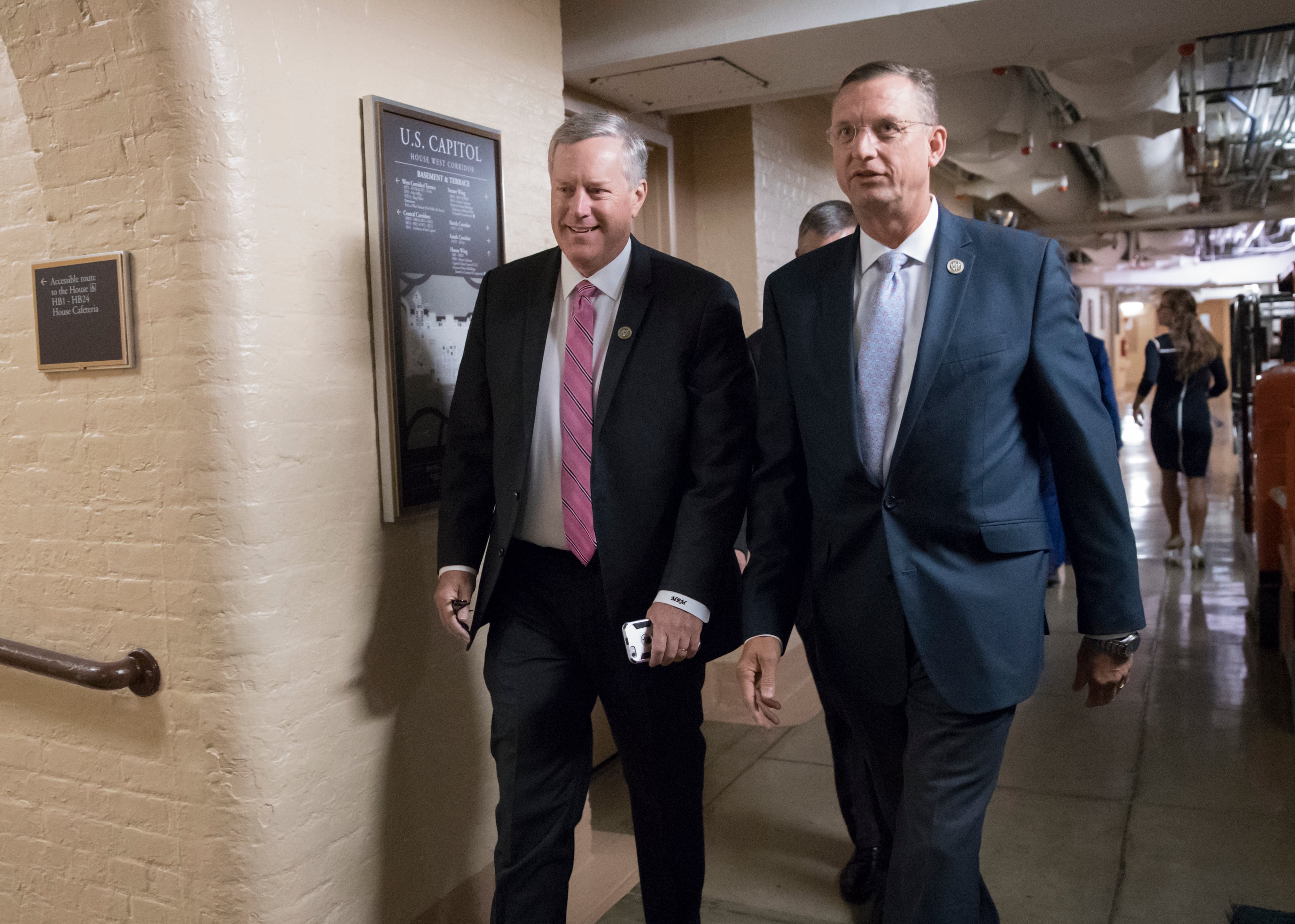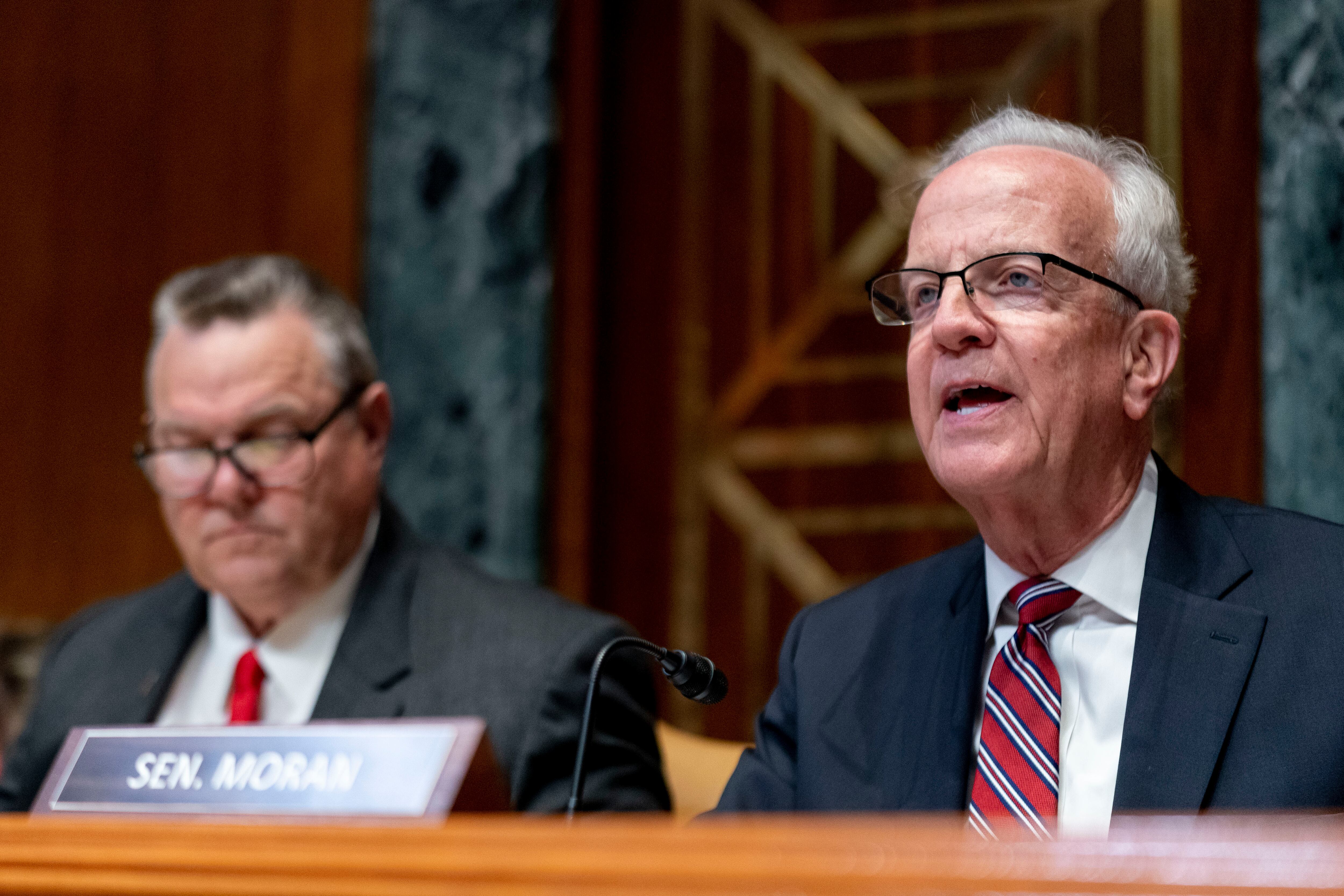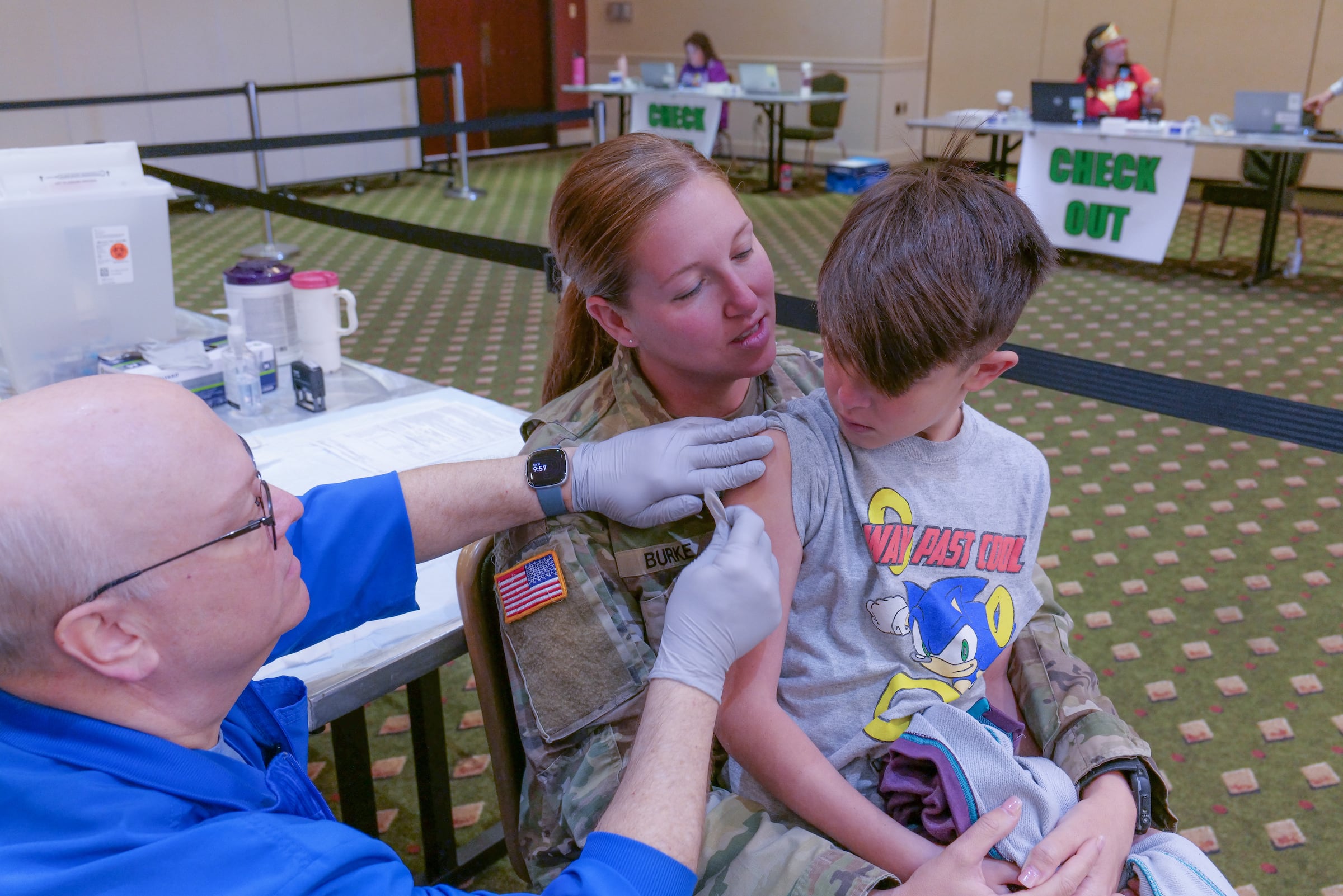This story is updated with clarified information from Rep. Rob Wittman’s office.
WASHINGTON — The military and manufacturers of the F-35 Joint Strike Fighter have found a potential solution to the engine troubles that halted deliveries of the jet for nearly two months, a key lawmaker told Defense News on Thursday.
The solution could be available later this month, paving the way for deliveries of the F-35 to resume, said Rep. Rob Wittman, R-Va., who chairs the House Armed Services Committee’s tactical air and land forces panel.
During an interview in his Capitol Hill office, Wittman said engineers identified vibration issues in the fighters’ Pratt & Whitney-made F135 engines as the source of the problem that froze F-35 acceptance flights and subsequent deliveries.
“The good news is the Air Force and the contractor, Lockheed [Martin, which builds the F-35], did their due diligence to discover what the issues were there, and to make sure they gathered the data to make sure they put in place a proper solution,” said Wittman, noting he was briefed on the issue Wednesday by F-35 Program Executive Officer Lt. Gen. Michael Schmidt. “I’m very confident that they have properly identified the problem, and that their solution set that they’re going to put in place will solve the problem. They’re doing the adequate testing to make sure that their solution does indeed avoid this particular situation in the future.”
Wittman’s office later clarified that he intended to refer to engine manufacturer Pratt & Whitney as the contractor that did its due diligence.
Wittman said the solution “should be in hand any day now.” Asked if that meant later in February, he replied: “That’s my understanding.”
Pratt & Whitney confirmed in a statement to Defense News the development of a near-term solution meant to allow the company to resume delivering F135 engines to F-35 manufacturer Lockheed Martin by the end of this month.
“After thorough review, we can confidently say there were no quality issues with the [engine] fuel tube that fractured,” said Jen Latka, vice president of the F135 program for Pratt & Whitney. “We are dealing with a rare systems phenomenon involving harmonic resonance.
“We have developed a near-term remedy that allows the fleet to fly safely, and we expect that F135 engine deliveries could resume before the end of the month.”
When asked for comment, the F-35 Joint Program Office referred Defense News to Pratt & Whitney’s statement. Lockheed Martin referred questions to the JPO. It is unclear when acceptance flights will resume. Pratt & Whitney did not provide details of the developed fix.
Lockheed halted acceptance flights of new fighters after a Dec. 15 mishap involving a newly built F-35B in Fort Worth, Texas. Acceptance flights are required to ensure new fighters are working as intended before they are delivered to the government. The pause in those flights had the effect of also stopping deliveries.
Lockheed has since continued to build and store new F-35s, primarily at its main factory in Fort Worth.
Video of the Dec. 15 mishap showed the fighter hovering near the ground before descending, bouncing, tipping forward until its nose and a wing touched the ground, and starting to spin around. Its Air Force pilot, who was performing a quality check for the Defense Contract Management Agency, then safely ejected.
A source familiar with the program told Defense News in December that initial assessments showed a high-pressure fuel tube in the engine of the F-35B had failed. This prompted the JPO to update its safety risk assessments.
And on Dec. 27, delivery of new F135 engines was paused after what the JPO called a “mutual agreement” involving itself, DCMA, and Pratt & Whitney, while the investigation into the mishap continued.
Wittman confirmed “there was a problem with the high-pressure fuel-delivery system.”
Wittman said the solution will involve a “combination of things” to dampen vibrations in the engine, which he called “a very confined ... dynamic environment,” though he was unable to detail the solution.
But figuring out the solution is only the first step, Wittman noted. The contractors involved have to set up a manufacturing process for the fixes, and then go back and install them in the F-35s that Lockheed has built since mid-December. The contractor now has 17 F-35s completed and awaiting acceptance flights.
This solution also needs to be built into the production line for new fighters, Wittman said.
“I believe that the Air Force and Lockheed have the solution set in hand, which is the key,” he explained. “Then … how do they incorporate that into existing aircraft and aircraft that are on the assembly line now?”
Time is running out to fix the problem and keep F-35 production going, Wittman added. Lockheed has continued building new F-35s using the stock of F135 engines it already had on hand before the December halt in engine deliveries.
Lockheed still has some engines in reserve to continue building fighters, Wittman said, but not many.
“It’s my understanding … that the number of those engines now is very small,” he told Defense News. “So the longer this goes on, you potentially could be at a point where the engine supply is depleted, and then it could impact production.”
Wittman said all the parties involved in the F-35 are considering factors, such as remaining engine availability, as they deal with the problem.
Stephen Losey is the air warfare reporter for Defense News. He previously covered leadership and personnel issues at Air Force Times, and the Pentagon, special operations and air warfare at Military.com. He has traveled to the Middle East to cover U.S. Air Force operations.




